
Life sciences writer Susan Milius has been writing about botany, zoology and ecology for Science News since the last millennium. She worked at diverse publications before breaking into science writing and editing. After stints on the staffs of The Scientist, Science, International Wildlife and United Press International, she joined Science News. Three of Susan's articles have been selected to appear in editions of The Best American Science Writing.

Trustworthy journalism comes at a price.
Scientists and journalists share a core belief in questioning, observing and verifying to reach the truth. Science News reports on crucial research and discovery across science disciplines. We need your financial support to make it happen – every contribution makes a difference.
All Stories by Susan Milius
-
 Animals
AnimalsWhite-tailed deer have their own form of malaria
The otherwise well-studied white-tailed deer turns out to carry the first malaria parasite discovered in any deer.
-
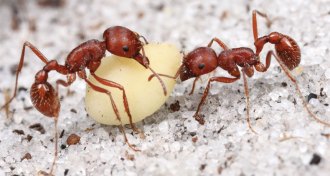 Animals
AnimalsHarvester ants are restless, enigmatic architects
Florida harvester ants dig complex, curly nests over, then leave and do it again.
-
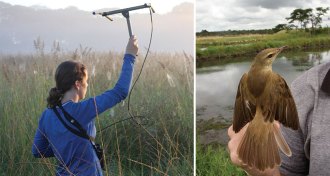 Animals
AnimalsWhy some birds sing elaborate songs in the winter
Several obvious hypotheses fail to explain why great reed warblers sing in winter.
-
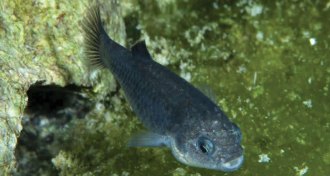 Animals
AnimalsDevils Hole pupfish may not have been so isolated for so long
New genetic study questions Devils Hole pupfish’s supposed history of long isolation.
-
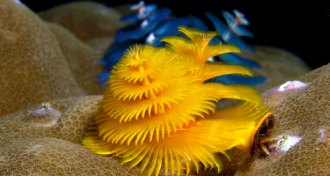 Animals
AnimalsChristmas tree worms have eyes that breathe, gills that see
Christmas tree worms and other fan worms have improvised some of the oddest eyes.
-
 Agriculture
AgricultureJust adding pollinators could boost small-farm yields
Adding pollinators could start closing gap in yields for small farms.
-
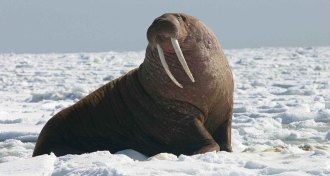 Life
LifeSearch is on for missing pieces in puzzle of male genital diversity
The debate over extreme diversity of male genitalia needs to rethink the female side. And the landscape.
-
 Environment
EnvironmentPCB levels still high in Europe’s killer whales, smaller dolphins
PCBs banned for decades still show up at extremely high concentrations in Europe’s killer whales and other dolphins.
-
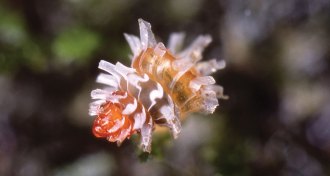 Animals
AnimalsThe fine art of hunting microsnails
Flotation, tact and limestone all prove vital to the quest for microsnails.
-
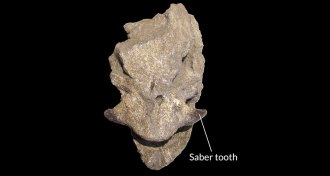 Paleontology
PaleontologySaber-toothed salmon teeth more like tusks than fangs
Saber-toothed salmon teeth may not have been positioned like fangs at all.
-
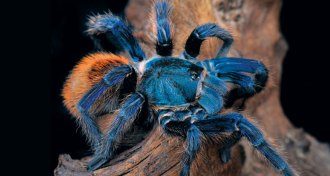 Animals
AnimalsWhen tarantulas grow blue hair
Azure coloring is surprisingly common in the spiders, though they themselves are colorblind.
-
 Climate
ClimateArctic passageways let species mingle
People aren’t the only animals likely to use passages that open up as the Arctic melts.